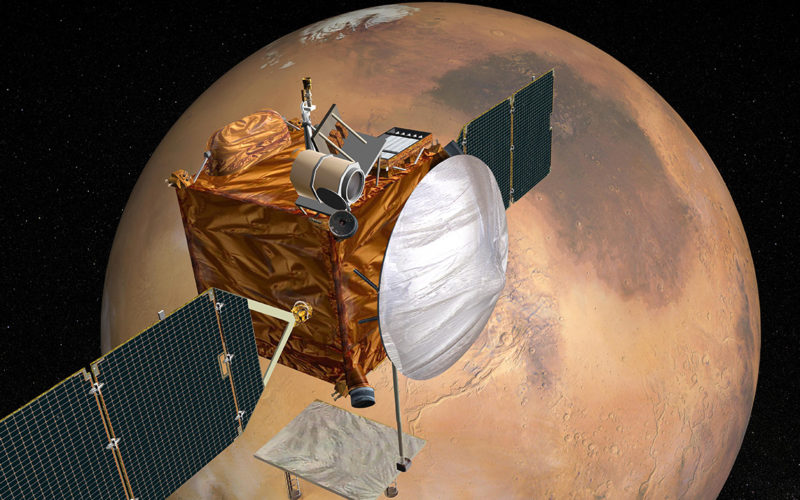- 1.1Kshares
- Share
- Tweet
- Facebook Messenger
On this day, 2 years ago, Indian Space Research Organisation (ISRO) achieved a phenomenal feat by launching our first Mars satellite labelled Mangalyaan and made the whole nation proud. This being a great accomplishment on its own, what is more, interesting is that it was a successful first attempt by any country that has ever tried to get to Mars.
Also, India is the first Asian country to reach Mars orbit.
It’s even more astonishing that it cost only 74 million US Dollars (450 crores in INR) as compared to the production budget of Hollywood movies like Gravity and Interstellar, which dealt with stories of space travel and cost 100 million and 165 million respectively.
So, let’s recount some interesting facts about this super marvelous project!
Developed and deployed within 15 months! Now that’s something!
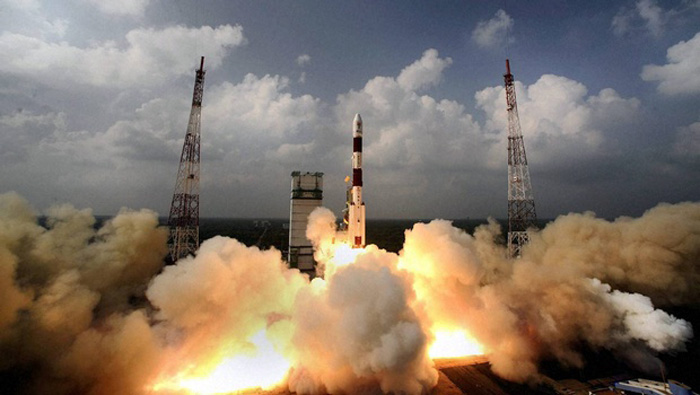
- The probe was launched using India’s own Polar Satellite Launch Vehicle(PSLV C-25 Rocket) from Sriharikota, near Chennai.
- It took a heliocentric path, called the Hohmann Transfer, creating tangents to Earth & Mars, travelling 680 million kilometers, but avoids extravagant consumption of fuel.
- The journey costs about over 73,000 trips between Jammu & Kanyakumari!
- If we calculate the cost/km, it’ll come around an impressive amount of 7-12 rupees/km. Which is cheaper than auto-rickshaw or cab fare per kilometer in India.
How the heck is it so cheap?! The answer is…
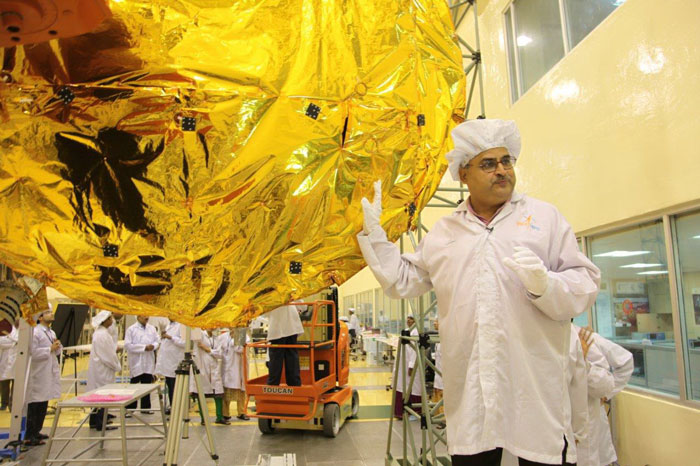
- Minimum number of ground tests
- 18-20 work hours for the scientists.
- Using indigenous technologies instead of borrowing from other countries.
- Low-cost workers.
- It’s designed in the simplest manner and reasonably tiny, just as big as a Tata Nano!
- An uncomplicated payload weighing only 15 kgs.
With the help of five solar powered instruments the “Technology Demonstrator” is going to…
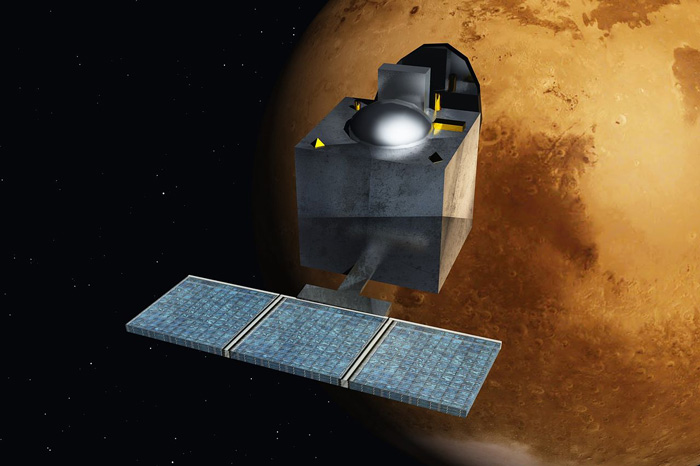
- Survey geology and surface morphology of Mars.
- Look for Methane traces in Mars’ atmosphere.
- Thanks to its highly elliptical orbit, It can capture images from apogee (farthest from Earth) and perigee (closest to Earth).
- In situ sensing of activities on Mars.
- Deuterium(heavy Hydrogen, D or 2H): Hydrogen ratio in the Martian atmosphere.
Mission Mars idea was conceived in 2010 after the successful launch of Chandrayaan in 2008.
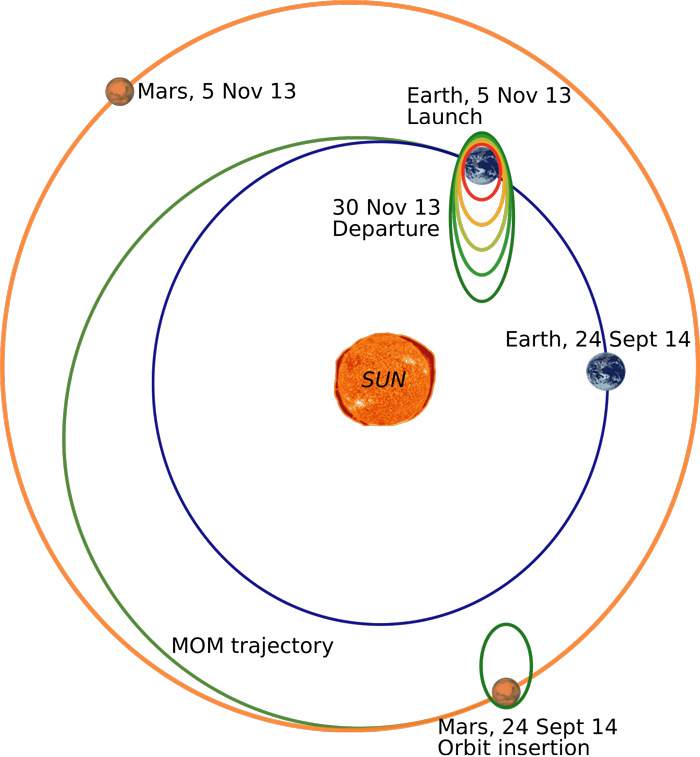
Image Source
3 August ’12 – Approved
24 September ’14 – Inserted in Mars Orbit.
28 September ’14 – the first image was captured.
7 October ’14 – Alteration of MOM’s (Mars Orbiter Mission) track due to Comet Siding Springs’s flyby due on 19th October.
4 March ’15 – Methane sensors reported as functioning normally.. 24 March ’15- Extended of another 6 months, propellant(37 kg) announced to be capable of keeping MOM in the Martian orbit for years.
19 July ’15 – Sent stunning 3D images of the largest canyon on Mars’ surface.
24 September ’15 – ISRO launched “Mars Atlas”.
Hohmann Transfer allows the satellite to orbit every 26 months, next being in 2016.
ISRO won the Space Pioneer Award in the 34th Annual international Space Development Conference, Canada, this year.
Follow up mission tentatively named Magalyaan-2 is under consideration and may consist of a ladder & a rover.
So, here’s hoping all space expeditions in India’s future are as glorious. Happy 2nd Birthday Mangalyaan!
Fact Source 1, 2 ,3, 4 , 5 & 6
- 1.1Kshares
- Share
- Tweet
- Facebook Messenger




